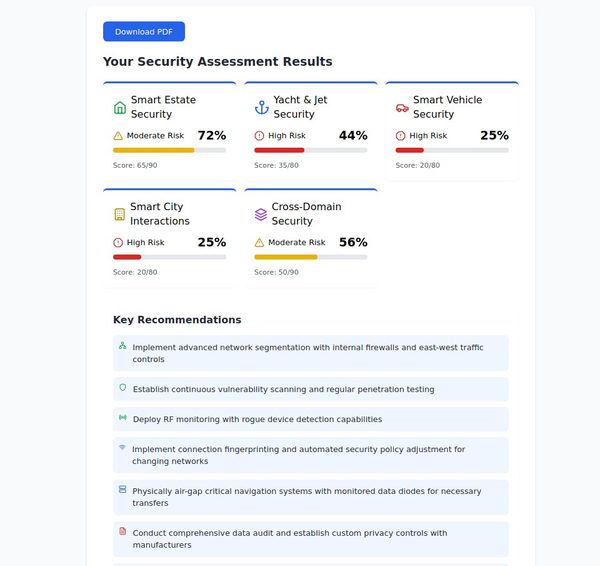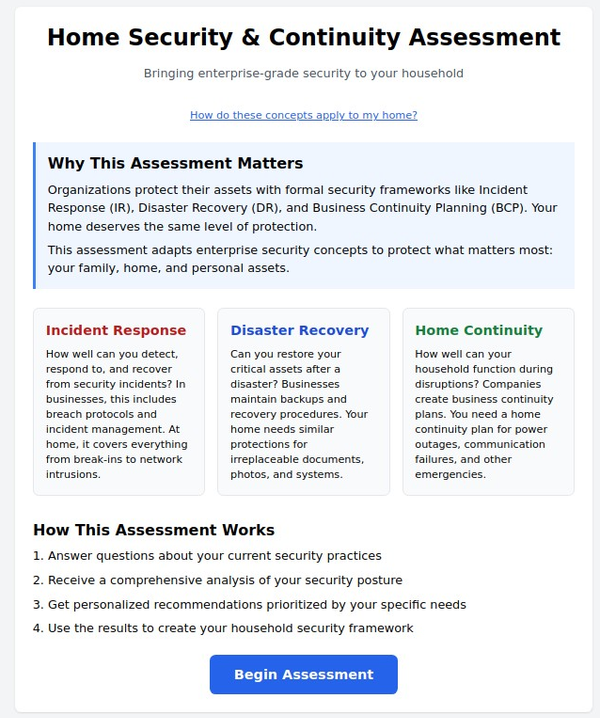Case Study: Company Breach via Remote Worker’s Home Network

Introduction
With the rise of remote work, organizations face new cybersecurity challenges. This case study examines how a compromised home network led to a significant security breach at a tech company, illustrating the risks and necessary precautions for remote working environments.

Scenario
Company: SoftSolutions Inc., a software development firm.
Employee: Jane, a senior developer working remotely.
Home Network Setup:
- Wi-Fi router with default settings
- Several smart home devices (smart thermostat, security cameras, smart speakers)
- Personal and work devices connected to the same network
Organizational Systems:
- Company VPN for remote access
- Cloud-based development environment
- Secure email and file-sharing services

Attack Vector
Step 1: Compromising the Home Network
- Exploiting Default Credentials: Attackers used a simple script to scan for home networks with default router credentials. Jane’s router was identified as vulnerable, providing attackers with initial access.
- Smart Device Vulnerabilities: Through the compromised router, attackers exploited vulnerabilities in Jane’s smart thermostat and security cameras, gaining further control over the home network.
Step 2: Breaching the Organizational Network
- Credential Theft: Attackers intercepted unencrypted traffic on the home network, capturing Jane’s VPN credentials used for accessing SoftSolutions Inc.’s systems.
- VPN Infiltration: Using the stolen credentials, attackers gained unauthorized access to the company’s VPN.
Step 3: Data Exfiltration and Damage
- Lateral Movement: Once inside the corporate network, attackers moved laterally, exploiting unpatched vulnerabilities in the development environment.
- Data Theft: Sensitive source code and proprietary information were exfiltrated.
- Ransomware Deployment: Attackers deployed ransomware, encrypting critical development files and demanding a ransom for decryption.

Impact on SoftSolutions Inc.
Data Loss: Theft of sensitive project data, including source code and client information, leading to potential competitive disadvantages.
Operational Disruption: The ransomware attack caused significant downtime, halting development activities and delaying project timelines.
Reputation Damage: Clients lost trust in SoftSolutions Inc.’s ability to secure their data, resulting in loss of business and long-term reputation damage.
Financial Loss: The company faced substantial costs in terms of ransom payment, recovery efforts, legal fees, and potential regulatory fines.
Lessons Learned
- Secure Home Networks:
- Change Default Settings: Ensure all home network devices have strong, unique passwords and updated firmware.
- Network Segmentation: Create separate networks for personal and work devices to limit the spread of potential attacks.
- Encryption and VPN Security:
- Encrypt Traffic: Use encrypted communication protocols to protect data in transit.
- Multi-Factor Authentication (MFA): Implement MFA for all remote access points, including VPNs.
- Regular Updates and Patching:
- Firmware Updates: Regularly update all devices, including routers and smart home devices, to patch known vulnerabilities.
- Software Patching: Keep organizational systems and applications up-to-date with the latest security patches.
- Employee Training and Awareness:
- Cybersecurity Training: Educate employees on securing their home networks, recognizing phishing attempts, and best practices for remote working.
- Incident Reporting: Encourage prompt reporting of suspicious activities to enable swift incident response.

Conclusion
This case study highlights the critical importance of securing home networks for remote workers. As remote work becomes more prevalent, organizations must implement robust security measures and provide ongoing training to employees to protect against potential cyber threats. By addressing these vulnerabilities, companies can better safeguard their sensitive data and maintain operational integrity.
References
- Verkada Camera Breach: BBC News
- Capital One Breach: The Verge
- Marriott Data Breach: New York Times
- Microsoft Exchange Server Breach: TechCrunch







